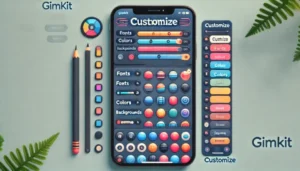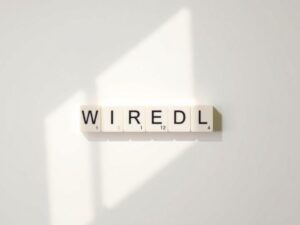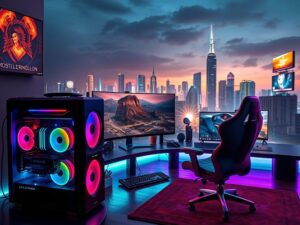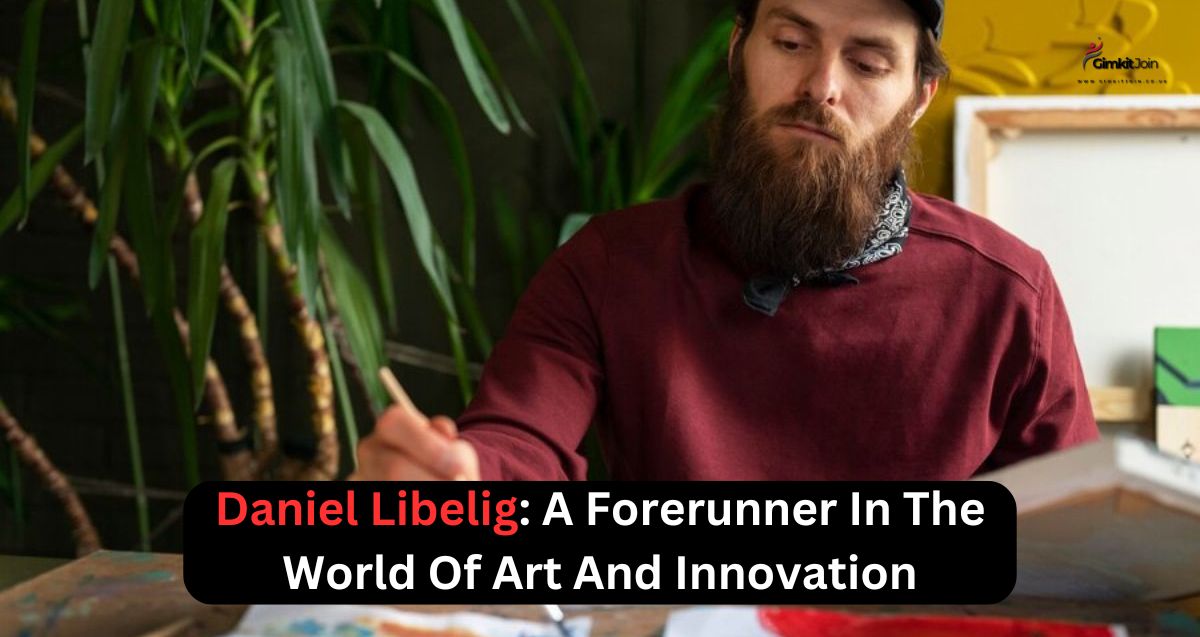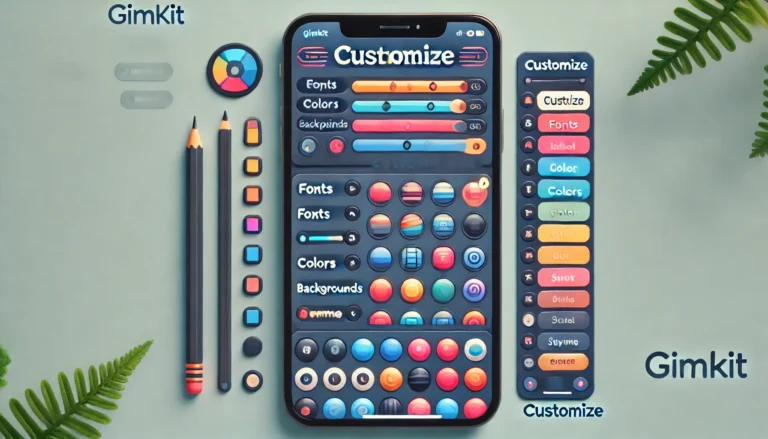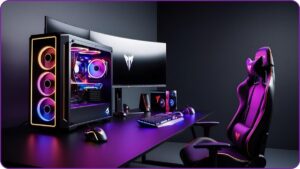In the ever-evolving landscape of art and creativity, few individuals stand out as pioneers, constantly pushing the boundaries of innovation. One such figure is Daniel Libelig, a visionary who has left an indelible mark on the worlds of art, design, and technology. His work transcends traditional artistic expression, blending cutting-edge technologies with deep-rooted creativity to create something truly unique.
Libelig’s journey has been nothing short of extraordinary, as he has influenced not only the way art is created but also how it is perceived. In this article, we will dive deep into Libelig’s life, achievements, and the legacy he is building, exploring how his innovative approach is shaping the future of art.
Table of Contents
Who Is Daniel Libelig?
Born with an innate passion for creativity and technology, Daniel Libelig has always been fascinated by the intersection of art and science. From a young age, he displayed a unique ability to think outside the box, exploring new ideas and challenging conventional norms. His work spans across multiple disciplines, including painting, sculpture, architecture, and digital media, making him a true polymath in the art world.
Libelig’s Early Life and Influences
Growing up in an environment that nurtured creativity, Daniel was exposed to various forms of artistic expression from an early age. His passion for art was ignited by artists like Leonardo da Vinci and Pablo Picasso, whose works demonstrated the importance of blending technical skill with creative genius. However, it wasn’t just classical art that inspired him; modern technology played a key role in shaping his vision.
By his teenage years, Libelig was already experimenting with digital tools, creating artworks that merged traditional and modern techniques. His work began to attract attention for its innovative use of technology in art, and he quickly became known as a rising star in the creative community.
Breaking Boundaries: Libelig’s Artistic Approach
One of the key elements that sets Daniel Libelig apart from other artists is his ability to integrate technology with art. While many artists have dabbled in digital mediums, Libelig’s approach is far more sophisticated. He uses AI, virtual reality (VR), and 3D printing to create immersive experiences that challenge traditional concepts of art.
The Role of AI in Libelig’s Work
Artificial Intelligence (AI) has revolutionized many industries, and Libelig saw its potential in the world of art early on. By utilizing AI algorithms, he has been able to create dynamic artworks that evolve over time. These pieces are not static; they change and adapt based on external stimuli, creating an interactive experience for the viewer.
For example, his AI-powered sculptures use data inputs from the environment—such as light, sound, or temperature—to change their form. This not only adds a layer of depth to the artwork but also makes each experience unique for the viewer.
Exploring AI as a Creative Partner
In one of his notable projects, Libelig collaborated with a machine learning model to co-create a series of abstract paintings. The AI system analyzed millions of images and generated its interpretations, which Libelig then used as the basis for his final creations. This partnership between human creativity and machine intelligence exemplifies Libelig’s vision for the future of art.
Virtual Reality: A New Dimension in Art
Another area where Daniel Libelig has made a significant impact is through the use of virtual reality (VR). By incorporating VR into his exhibitions, he allows viewers to enter a completely immersive environment, where they can interact with the artwork in ways that were previously unimaginable.
The Immersive Exhibition Experience
In one of his most famous exhibitions, visitors were given VR headsets that transported them into a virtual gallery where they could walk through, touch, and even manipulate the artworks. This experience broke down the barriers between the observer and the artwork, creating a deeply personal connection between the two.
Transforming Art with VR
Libelig’s use of virtual reality doesn’t stop at exhibitions. He has also explored VR as a medium for creating art, using the technology to sculpt three-dimensional works that exist solely in the digital realm. These VR-based artworks can be experienced by anyone with access to the technology, opening up new possibilities for artists and audiences alike.
3D Printing: Bringing Ideas to Life
Daniel Libelig has also embraced 3D printing technology as a means of bringing his visionary concepts to life. By using 3D printers, he can create intricate sculptures that would be impossible to produce by hand. This technology allows him to experiment with new forms and materials, further expanding the boundaries of what art can be.
Creating Sculptures with Precision
Libelig’s 3D-printed sculptures are known for their complexity and precision. Unlike traditional sculpture, where an artist’s hand can introduce imperfections, 3D printing enables the creation of perfectly symmetrical and geometrically complex designs. Libelig’s sculptures often feature intricate patterns and shapes that challenge our perceptions of form and space.
Architectural Innovations: Art Meets Functionality
In addition to his contributions to the fine arts, Daniel Libelig has made a name for himself in the field of architecture. His designs blend aesthetic beauty with practical functionality, creating spaces that are not only visually stunning but also highly functional.
Sustainable Architecture
One of Libelig’s key focuses in his architectural work is sustainability. He believes that architecture should not only serve a functional purpose but also contribute to the well-being of the environment. His buildings often incorporate eco-friendly materials and designs that reduce energy consumption, making them both beautiful and sustainable.
The Legacy of Daniel Libelig
As we look toward the future, it’s clear that Daniel Libelig’s influence on the world of art and innovation will continue to grow. His work has already had a profound impact on how we think about art, technology, and the relationship between the two.
Libelig’s ability to break down barriers and challenge conventional thinking has cemented his place as a trailblazer in the world of art. Whether through his use of AI, VR, 3D printing, or his innovative approach to architecture, Libelig has proven time and time again that he is a force to be reckoned with in the creative world.
Conclusion
Daniel Libelig is not just an artist; he is a visionary who is constantly pushing the boundaries of what is possible. His innovative use of technology has not only transformed the way art is created but also how it is experienced. As we continue to embrace new technologies, Libelig’s work serves as a reminder that the future of art lies at the intersection of creativity and innovation.
FAQs
1. What is Daniel Libelig known for?
Daniel Libelig is known for his innovative use of technology in art, particularly his integration of AI, virtual reality (VR), and 3D printing into his creative process.
2. How does Daniel Libelig use AI in his art?
Libelig uses AI to create dynamic artworks that evolve over time based on external stimuli. His AI-powered sculptures and paintings are highly interactive and unique to each viewer’s experience.
3. What makes Daniel Libelig’s VR exhibitions unique?
Libelig’s VR exhibitions are immersive, allowing viewers to walk through and interact with the artwork in a virtual space. This creates a more engaging and personal experience for the audience.
4. How has 3D printing influenced Daniel Libelig’s work?
3D printing has allowed Libelig to create intricate, geometrically complex sculptures that would be impossible to produce by hand. This technology has expanded the possibilities for experimentation in his work.
5. What is Daniel Libelig’s approach to architecture?
Libelig’s architectural designs focus on sustainability, blending aesthetic beauty with functionality. He often uses eco-friendly materials and energy-efficient designs to create buildings that are both innovative and environmentally conscious.
For more interesting articles, keep visiting our blog
